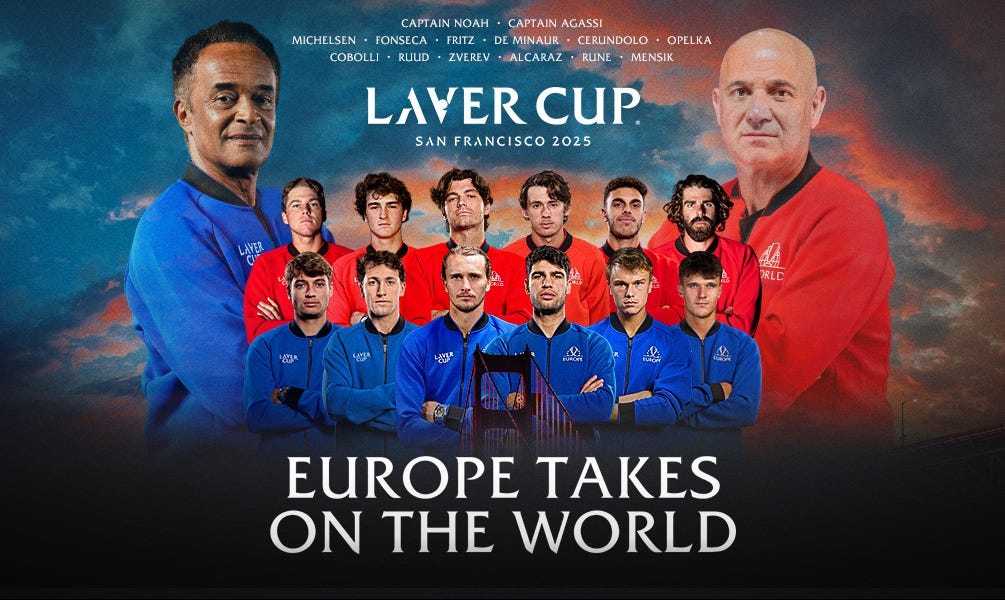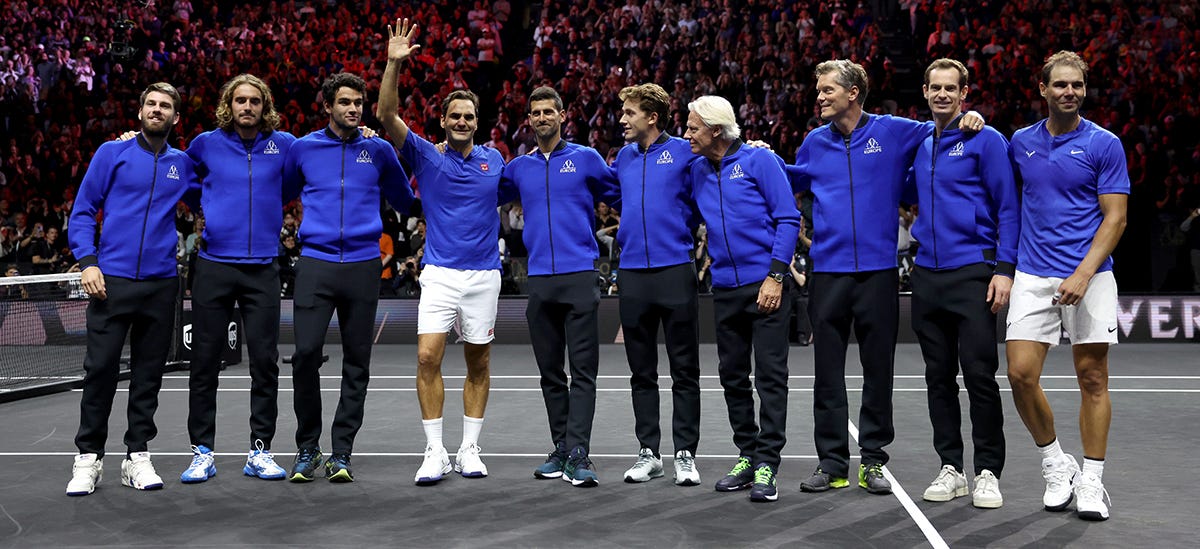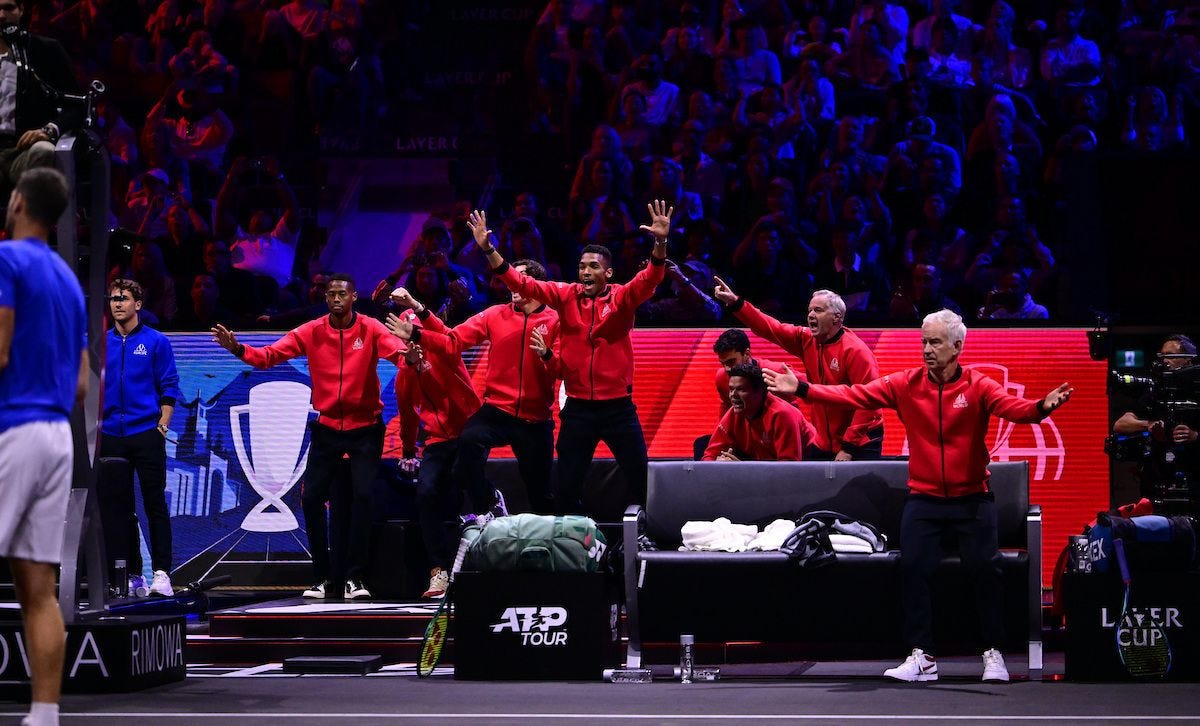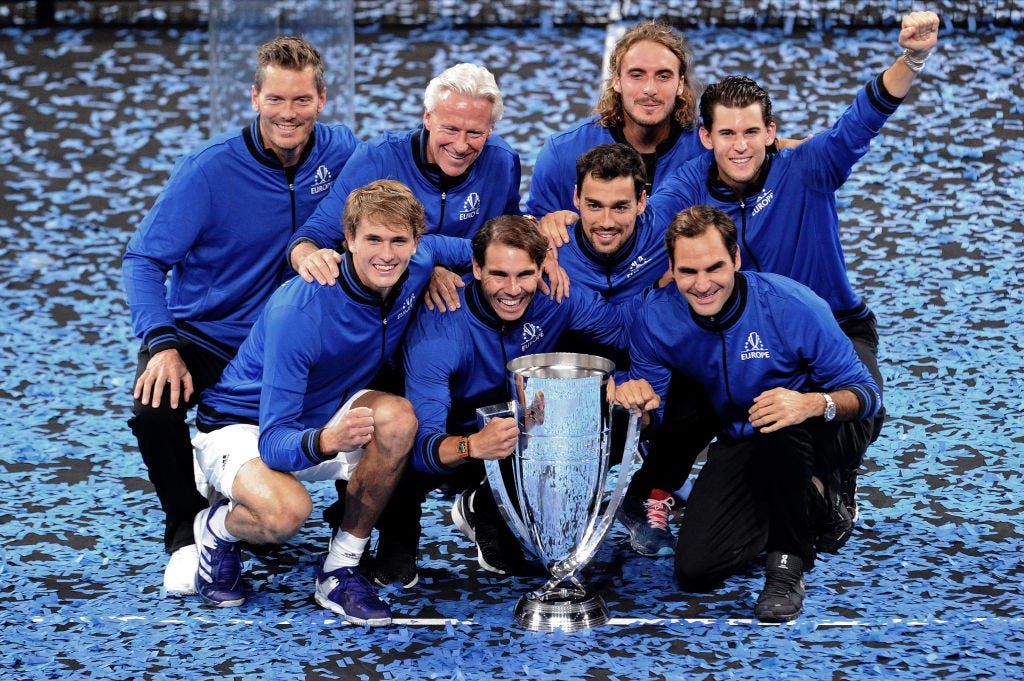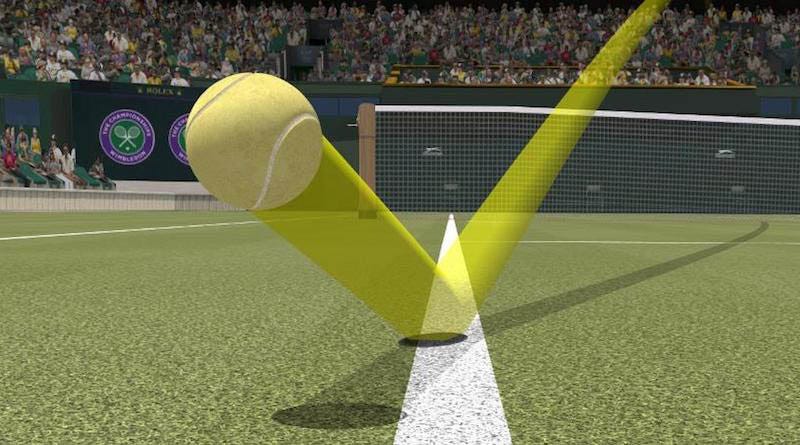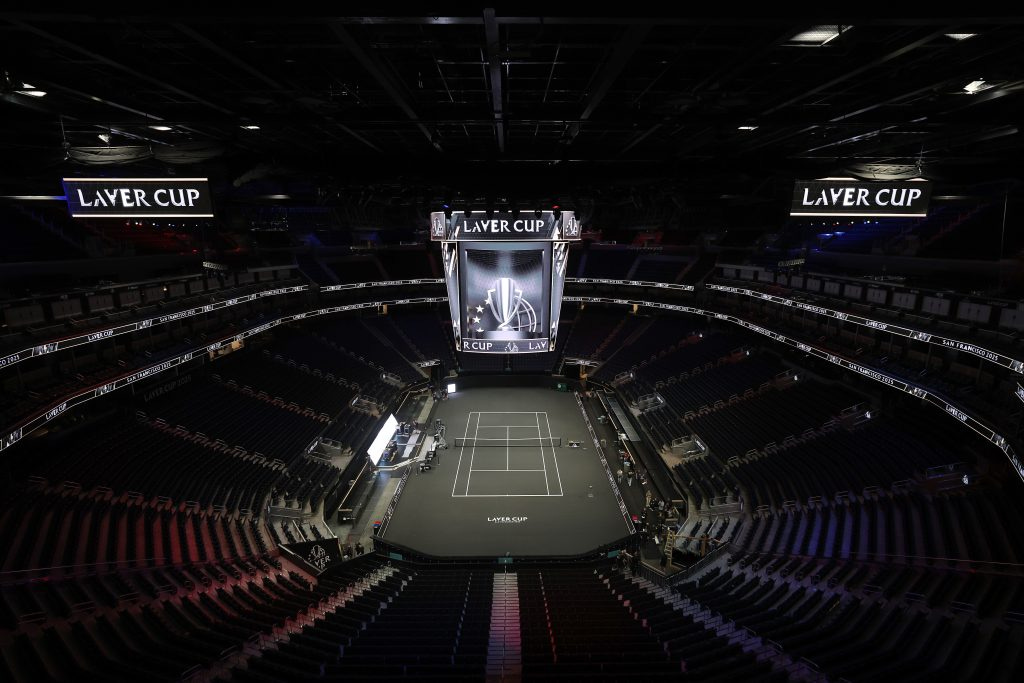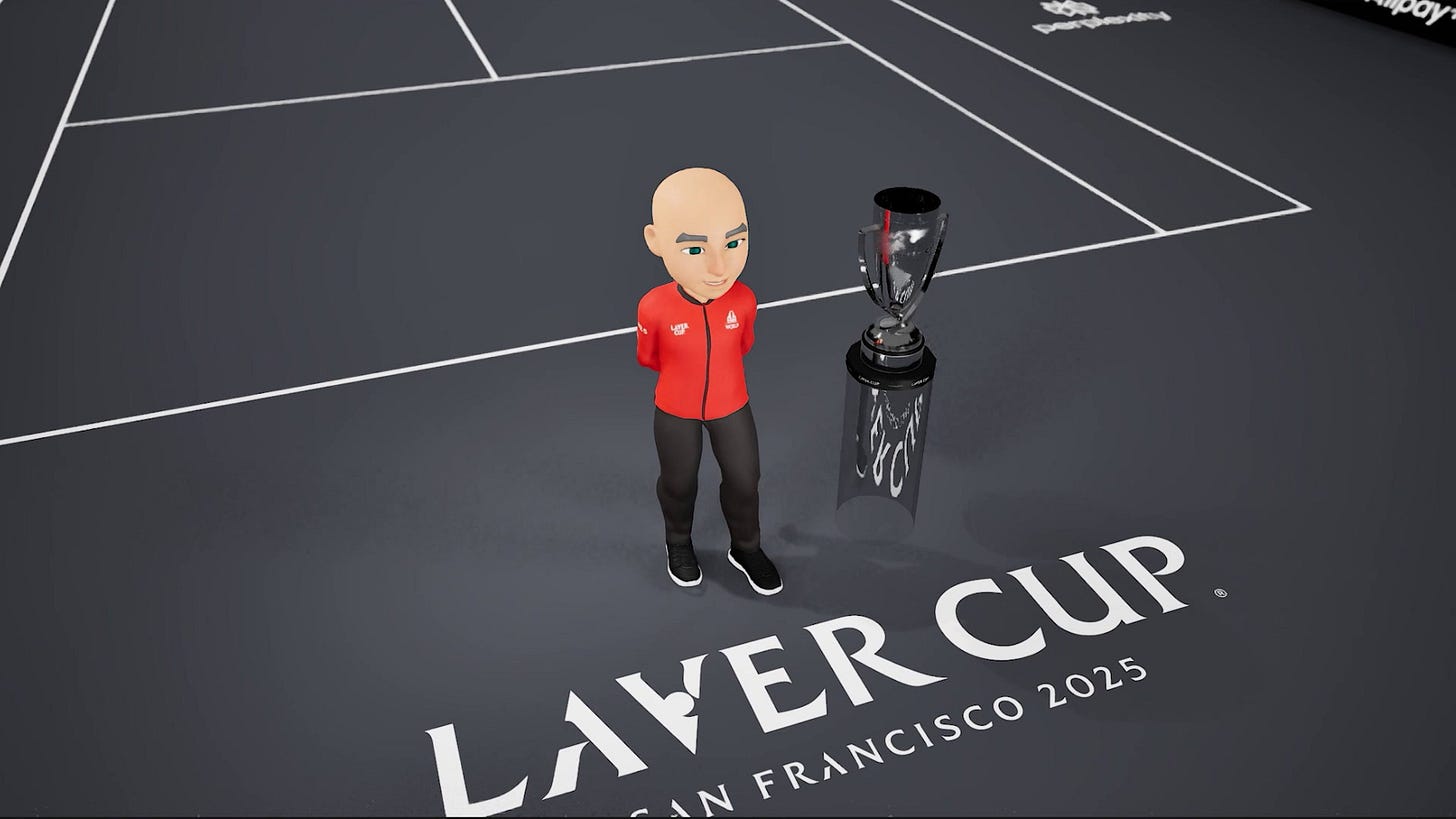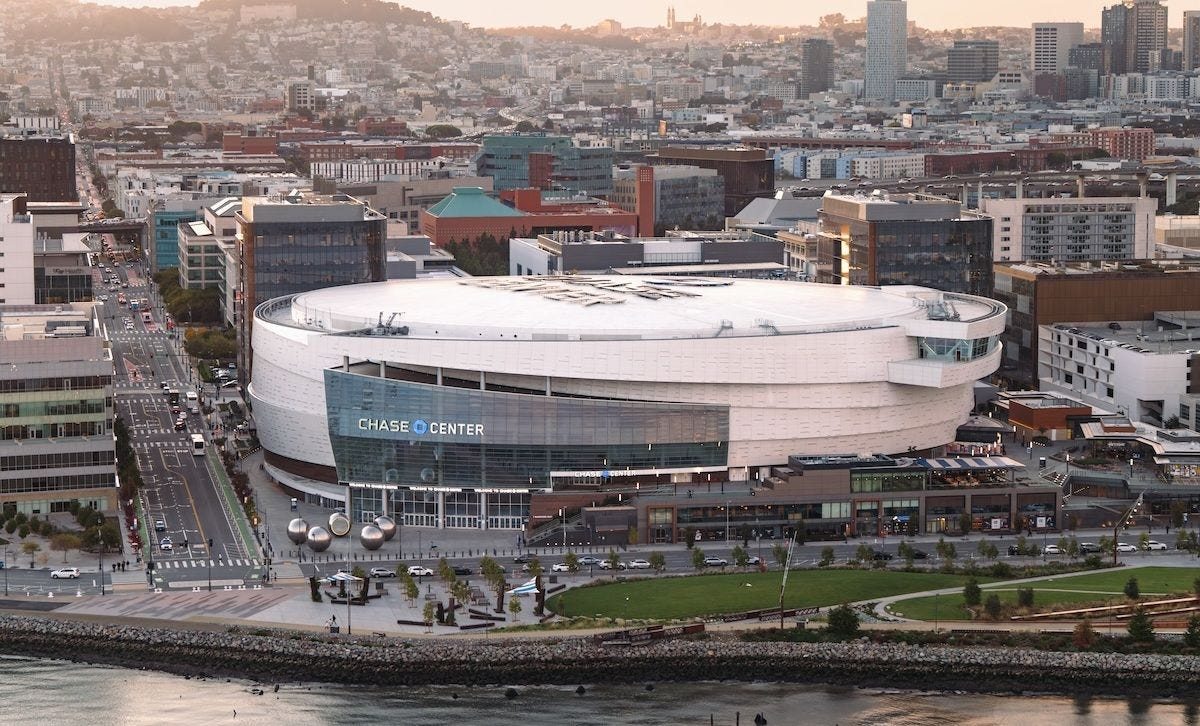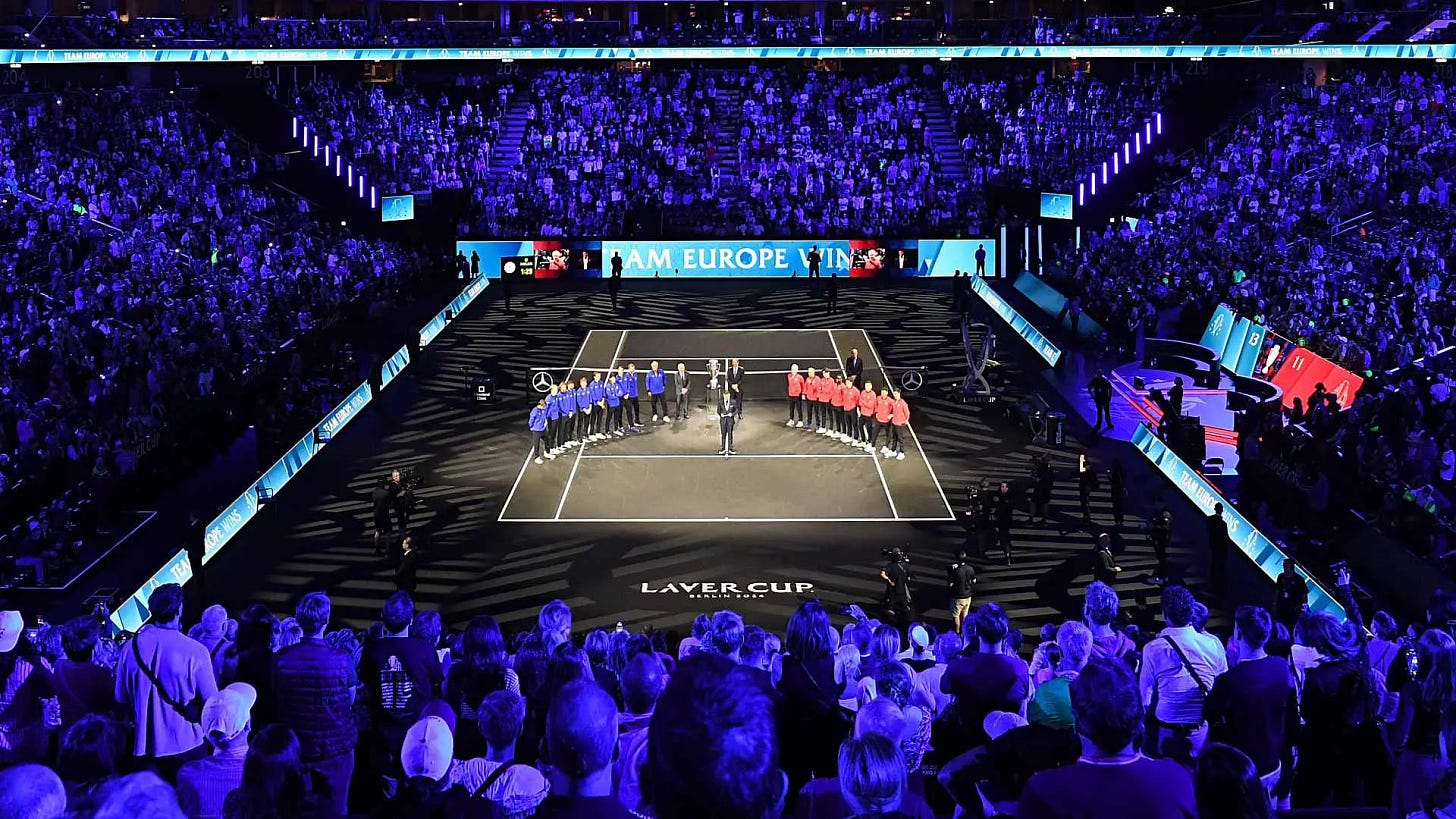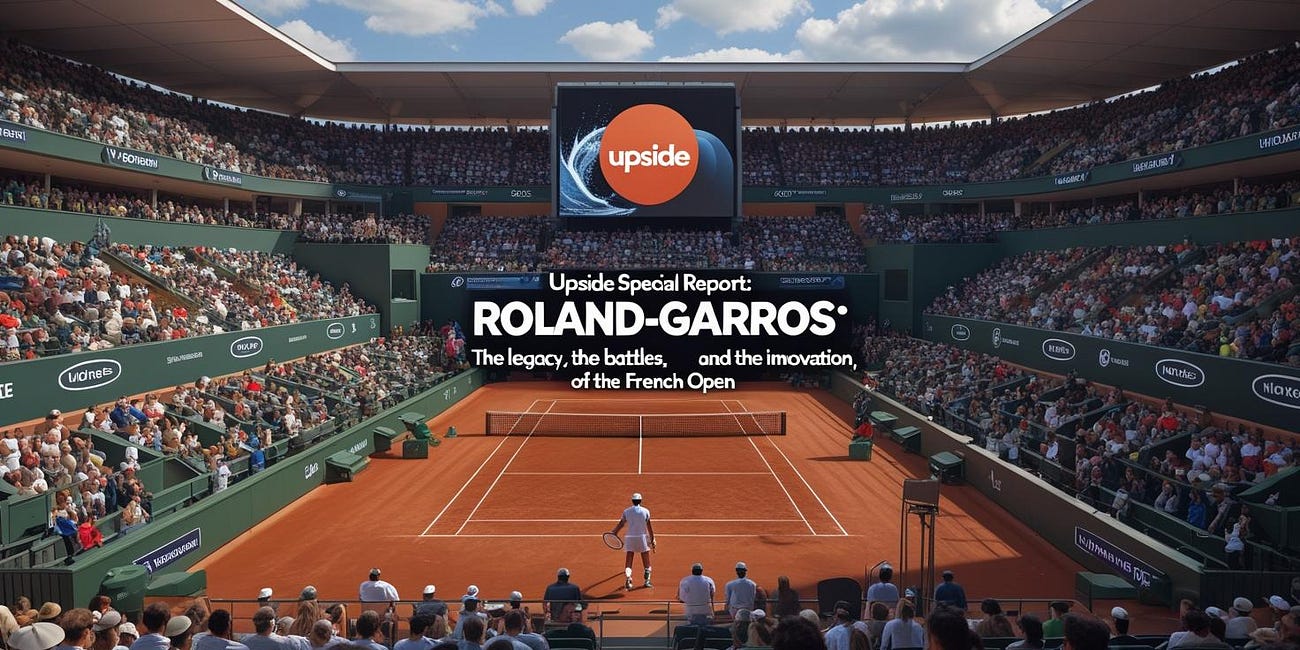🎾 Upside Special Report: The 2025 Laver Cup: San Francisco Steps Into the Spotlight
The Laver Cup has quickly become one of the most innovative and fan-friendly events in world tennis. This weekend San Francisco plays host at the Chase Center, marking the first time the competition has been staged on the U.S. West Coast. While still a relatively young tournament, the Laver Cup has carved out a unique space in the tennis calendar, blending elite-level play, team dynamics, and dramatic presentation into something more akin to the Ryder Cup in golf than a traditional ATP Tour event. With tennis legends Andre Agassi and Yannick Noah stepping in as new captains, and the Bay Area providing a high-tech backdrop, the 2025 edition could represent both a turning point and a test of the competition’s staying power.
History of the Laver Cup
Launched in 2017 by Roger Federer’s TEAM8 management group in partnership with Tennis Australia and financier Jorge Paulo Lemann, the Laver Cup was conceived as a way to honor Rod Laver — one of the greatest players in tennis history, and the only man to complete two calendar-year Grand Slams. The format intentionally mirrors the Ryder Cup: six top European players face six from the rest of the world, captained by iconic former players.
The inaugural edition in Prague drew massive attention, largely because Federer and Rafael Nadal played doubles together for the first time. Since then, the Laver Cup has rotated annually between European and “World” cities, with stops in Chicago, Geneva, London, Boston, Vancouver, and Berlin. In 2019, the ATP officially sanctioned the competition, cementing its legitimacy. Unlike the Davis Cup, which has struggled with format changes, the Laver Cup has consistently drawn stars, sponsors, and packed crowds thanks to its tight three-day schedule and entertainment-driven presentation.
Most Iconic Moments
Several moments already stand out in the Laver Cup’s short history:
Federer & Nadal unite (2017, Prague): Seeing Federer and Nadal on the same side of the net was a once-in-a-generation sight. Their victory in doubles was less about the tennis itself than the symbolism — two fierce rivals embracing teamwork.
Federer’s farewell (2022, London): Federer chose the Laver Cup as the venue for his retirement, playing his last professional match in doubles alongside Nadal. The sight of both men in tears, joined by Djokovic and Murray, became one of the most emotional scenes in modern sport.
Team World’s breakthrough (2023, Vancouver): After four straight losses, John McEnroe’s Team World finally broke Europe’s stranglehold. That win gave the event competitive legitimacy, showing it wasn’t destined to be a one-sided exhibition.
Down-to-the-wire drama (2019, Geneva & 2022, London): Several editions have been decided by the final day, thanks to the escalating point structure. The format ensures drama builds throughout the weekend and prevents early blowouts.
These highlights underline why the Laver Cup has captured fans’ imaginations in ways that traditional ATP tournaments sometimes struggle to.
Economics of the Laver Cup
What began as a curiosity is now a serious commercial property:
Revenue structure: Sponsorships and premium ticketing account for the majority of revenue, with each estimated to bring in over $20 million this year. That’s comparable to or greater than many ATP 500 events.
Hospitality packages: The “Rocket Club” experience in San Francisco reportedly costs $30,000 per person for the weekend, offering curated dining, player interactions, and luxury seating. Additional clubs like the Legends, Captains, and Vantage tiers provide multiple layers of premium experiences.
Sponsorship expansion: Early sponsors were tied closely to Federer, but now the Cup has matured into a standalone brand with luxury partners like Rolex, Mercedes-Benz, and UBS, alongside newer tech-driven backers attracted by the Bay Area market.
Player compensation: Each participant receives an appearance fee scaled to ranking, while players on the winning team collect $250,000 each. This ensures strong buy-in from top talent, even if no ATP ranking points are awarded.
Venue economics: Chase Center’s 16,500-seat capacity allows for significant gate revenue, but the real driver is premium hospitality — aligning with San Francisco’s wealthy corporate base.
Community legacy: Laver Cup now emphasizes leaving a lasting footprint. In San Francisco, resurfacing public courts at McLaren Park and investing in youth programs reflects a strategy of tying economic success to civic impact.
In short, the Laver Cup has transitioned from an experiment to a luxury-branded global event that cities compete to host.
Technologies Used During the Laver Cup
The Laver Cup positions itself as the most modernized and fan-centric event in tennis:
Electronic line calling: All matches use automated systems, voiced by Rod Laver himself — a distinctive touch that combines tradition and innovation.
Court design: The black court surface has become an iconic brand identity. This year’s surface has been described by captains and players as “slower,” favoring longer rallies and precision play.
Arena technology: The Chase Center’s massive video board, one of the largest in any indoor arena, was fully integrated into the Laver Cup opening ceremony. Lighting effects, cinematic montages, and sound design transform matches into a full show.
Fan engagement tools: Interactive serve-speed challenges, AR overlays on broadcasts, and enhanced digital content pipelines keep fans involved both in-venue and online.
Community infrastructure tech: Court resurfacing projects in San Francisco also emphasize sustainability and long-term usability, embedding modern sport infrastructure in the city’s fabric.
Alcaraz and the Meta Glasses Question
During the media sessions ahead of the Laver Cup (see video below), one reporter asked Carlos Alcaraz if he had tried the new Meta Ray-Ban smart glasses, which Meta has been promoting heavily in the Bay Area. The question reflects the increasing overlap between elite tennis and Silicon Valley’s innovation culture, particularly with San Francisco hosting this year’s edition. While Alcaraz politely dodged the question and emphasized his focus on tennis, the exchange underscored how wearable technologies are entering the broader conversation around performance, fan engagement, and even athlete lifestyle. For the Laver Cup, it was a timely reminder that the event is not just about tennis, but also about positioning itself at the crossroads of sport, media, and technology.
Why San Francisco This Year
Several factors explain why organizers chose San Francisco:
Geographic expansion: It’s the first time the Cup is staged on the U.S. West Coast, allowing the event to tap into new audiences and sponsors.
Venue quality: The Chase Center offers world-class amenities, strong broadcast infrastructure, and a premium hospitality environment that matches the Laver Cup’s positioning.
Corporate base: The Bay Area is home to tech giants, financial firms, and luxury consumers — a perfect ecosystem for sponsorship and high-end ticketing.
Community impact: By resurfacing public courts and supporting youth tennis nonprofits, the Cup ties its presence to local goodwill.
Calendar fit: Positioned just after the U.S. Open, players are still in North America, and fans remain engaged in tennis before the tour shifts to Asia.
Symbolism: San Francisco’s blend of tech innovation and cultural diversity mirrors the Laver Cup’s own attempt to fuse tradition with modern spectacle.
How the Laver Cup Compares to the Davis Cup and ATP Finals
Laver Cup vs. Davis Cup
Format:
Laver Cup is a three-day annual event with short, high-intensity matches in one host city.
Davis Cup is a national team competition held across multiple ties, culminating in a finals week.
Identity:
Laver Cup pits Team Europe vs. Team World, emphasizing continental pride and player camaraderie.
Davis Cup emphasizes national representation, often stirring patriotic emotions.
Fan Experience:
Laver Cup is designed for entertainment — black courts, dramatic lighting, bench cameras, legends as captains.
Davis Cup traditionally focuses on the tennis itself, with less theatrical production (though it has tried to modernize).
Challenges:
Davis Cup has struggled with declining star participation after its 2019 format change, while the Laver Cup has consistently attracted top names.
Verdict: The Laver Cup thrives on spectacle and narrative, while the Davis Cup leans on tradition and patriotism.
Laver Cup vs. ATP Finals
Format:
Laver Cup is team-based, with a points system escalating each day.
ATP Finals is individual-based, round-robin into knockout, featuring the year’s top eight singles and doubles players.
Calendar Position:
Laver Cup comes right after the US Open, when stars are still sharp and media attention is high.
ATP Finals closes the ATP season, often with fatigued players but high stakes for ranking points.
Prestige & Points:
Laver Cup offers no ATP ranking points, only prize money and prestige.
ATP Finals offers significant ranking points (up to 1,500) and is often called the “fifth Slam.”
Spectacle:
Laver Cup markets itself as tennis-as-showbiz: high production values, legends on the bench, and rivalries reborn in doubles.
ATP Finals is serious business — less show, more elite tennis, but with a strong tradition dating back to 1970.
Verdict: The ATP Finals is the crown jewel of individual tennis prestige, while the Laver Cup is the sport’s innovation lab, prioritizing fan engagement and entertainment.
Why the Laver Cup Matters Alongside Both
The Laver Cup doesn’t replace either competition — instead, it fills a unique gap. The Davis Cup remains the most historic team event, the ATP Finals crowns the season’s best, and the Laver Cup injects fun, creativity, and camaraderie into a sport often dominated by individual rivalries. By combining world-class tennis with Ryder Cup-style drama, it keeps fans engaged in a way neither traditional event consistently manages.
What’s Next for the Laver Cup?
Looking forward, several developments seem likely:
Global spread: Expect future editions in Asia or Latin America, continuing the “rest of the world” ethos.
Enhanced tech: Greater use of AR/VR for fans, expanded mic’d-up player moments, and AI-driven analytics could deepen engagement.
Community legacy expansion: The model of investing in host cities will likely become a defining feature, helping secure future bids.
Format tweaks: While the escalating point system works well, organizers may experiment with new wrinkles to keep the product fresh.
Commercial scaling: As the Cup builds independence from Federer’s brand, sponsorship portfolios could diversify into tech, wellness, and entertainment verticals.
New leadership cycles: With Agassi and Noah replacing Borg and McEnroe, a generational shift in captains could influence the event’s culture and long-term direction.
Conclusion
The 2025 Laver Cup in San Francisco is both a showcase of tennis and a test of the tournament’s future. From Federer and Nadal’s legendary doubles in 2017 to Federer’s emotional farewell in 2022, the Cup has already built a rich highlight reel. Now, in a city known for innovation and wealth, the event demonstrates its ability to scale commercially, integrate technology, and leave a civic legacy.
If successful, San Francisco could mark the moment when the Laver Cup fully transcends its “Federer exhibition” origins and cements itself as a permanent fixture in the tennis calendar — one that not only celebrates the sport’s past but also experiments with its future.
You may also like:
🎾 Upside Special Report: Roland-Garros: The Legacy, the Battles, the Impact, and the Innovation of the French Open
This weekend the French open (Roland Garros) finals are taking place in Paris. So as part of that, we thought it would make sense to publish a special report about Roland Garros, its history, iconic finals, legends, the new tennis generation, and the technologies used at the tournament. The French Open is more than just a Grand Slam tennis tournament; …
🔥Upside ATP Group Chat with Al Murphy, Dirk Spits (Tennis Australia) & Zack Evenden on Recovery Innovations, Nutrition & Hydration in Extreme Heat, AI-Driven Analytics, VR in Pro Tennis.
This week we had the honor to interview a group of ATP sports performance experts in pro tennis.

